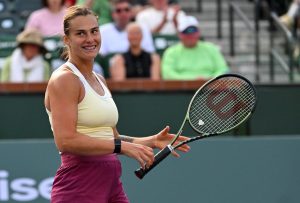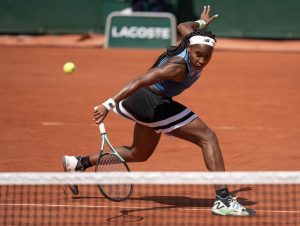After Roger Federer wrapped up the clay season with a semifinal at the French Open, the math for a boost in the Wimbledon seedings came down to a potential win at the Noventi Open in Halle for him. With the #2 Rafael Nadal choosing to skip the simultaneously held Fever-Tree Championships in Queen’s, Federer’s path to getting the second seed sorted itself out further.
Which is why the recent cacophony raised by Nadal, and followed suit by Novak Djokovic, about Federer getting elevated in the Wimbledon seeding over the Spaniard is perplexing. Not only because the All-England Club’s seeding formula has been in use in 2002 but also because this was not the first time both players have seen the fluctuations caused by its application.
But amid all this ruckus, doubt still persists about the exact nature of the system put in place nearly 17 years ago. It also sounds difficult to understand when certain knowledgeable folks rattle it off as if they have memorized it. It goes on as follows:
Seeding Formula
The formula essentially starts out with a player’s ranking points. It then adds what we can call “bonus points” for performance on grass. Here is the basic formula:
ATP points + 100% of points from grass court tournaments for the previous 12 months + 75% of points from the best grass event from the 12 months before that.
That might still sound a little complicated. So, how about a simplification? In which, instead of looking at the mechanism from merely the numbers’ perspective, we’ll include some examples as well.
Here is one, for starters. And, since his name has been bandied about so much, let us focus on Federer in our explanation scenario:
- The first point in the rule talks about the total ATP points for a player (in this case, Federer) on Monday, the week before the start of the Championships. This year, that means June 24th.
- Federer, as it goes, had 6,620 points on June 24th. This included the 500 points he had just won in Halle.
- The second point in the rule talks about the entirety of points won by Federer on grass courts in the last year. “The last year,” for these purposes, starts a week before Wimbledon 2018. The Swiss played two events in that span: he won 500 points in Halle 2019, and then claimed 360 points for losing in the quarterfinals in Wimbledon, for a total of 860 points.
- The third and final point states 75% of Federer’s points in the 2017 grass season from the event where he earned the most points. This would be 75% of Federer’s 2000 points for winning Wimbledon, i.e. 1,500 points.
Thus, adding all three highlighted numbers brings the total to 8,980 points. In comparison, Nadal has 7,945 ATP points + 720 points from his 2018 Wimbledon semi-final + 135 points from his 2017 Wimbledon fourth-round loss to Gilles Muller for a total of 8,900 points.
One could argue the Mallorcan’s semifinal result at Wimbledon in 2018 makes him a deserving second seed over Federer, who exited one round earlier. However, the 33-year-old’s regular absences at Queen’s side-lined him from getting better seeding which highlights the flaw in his scheduling decisions, especially in 2019, given the AELTC’s singular processes.






